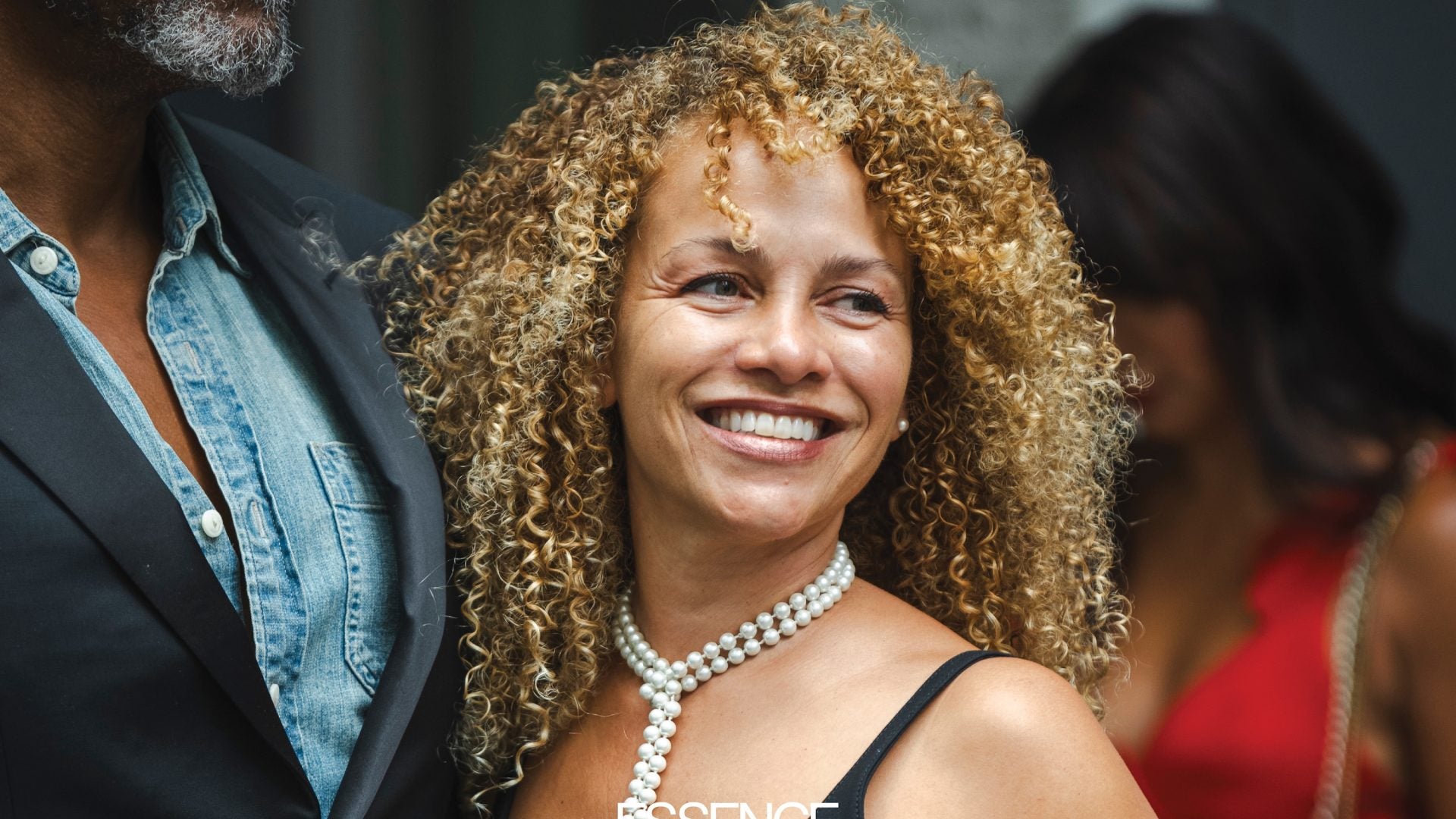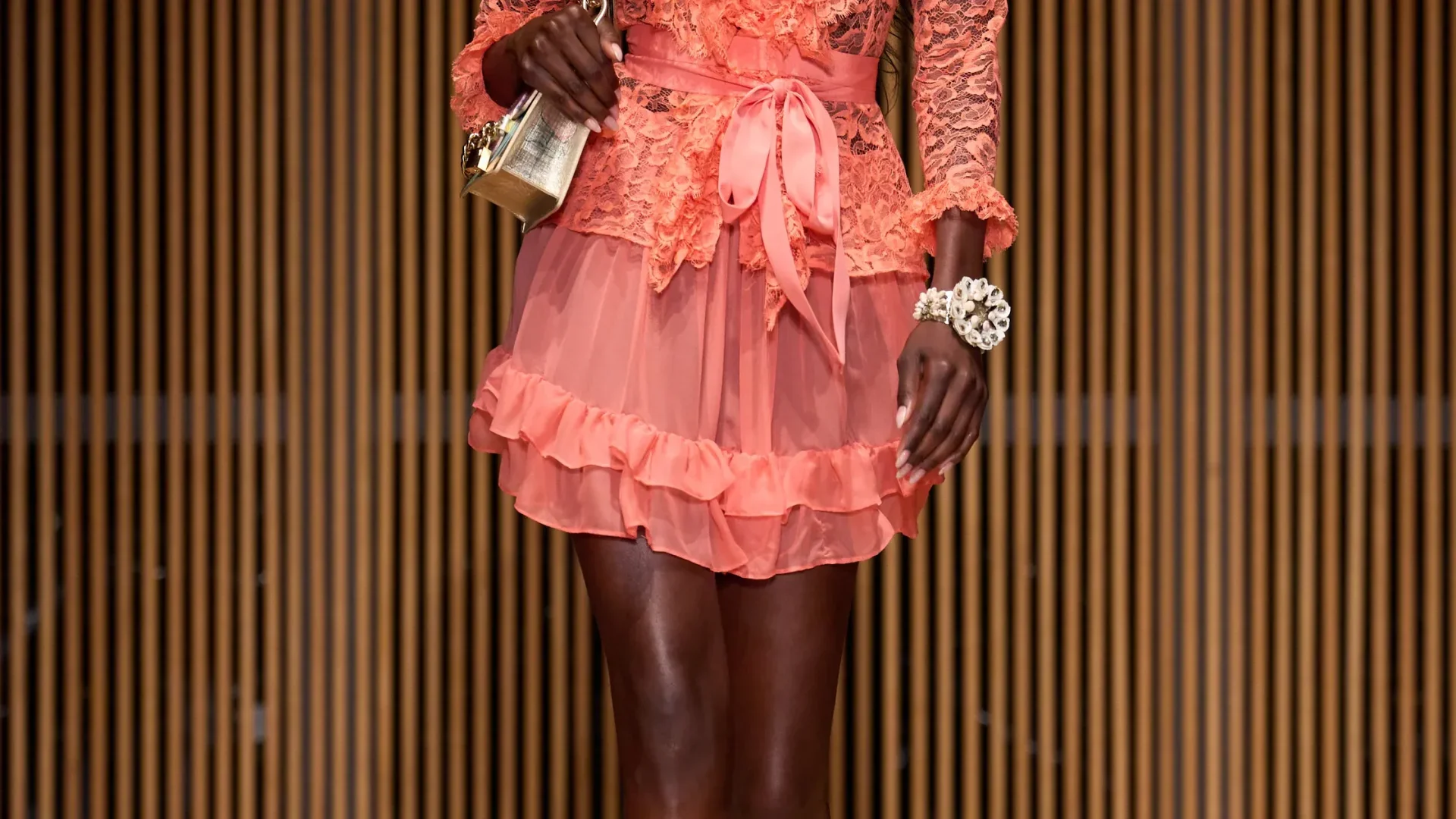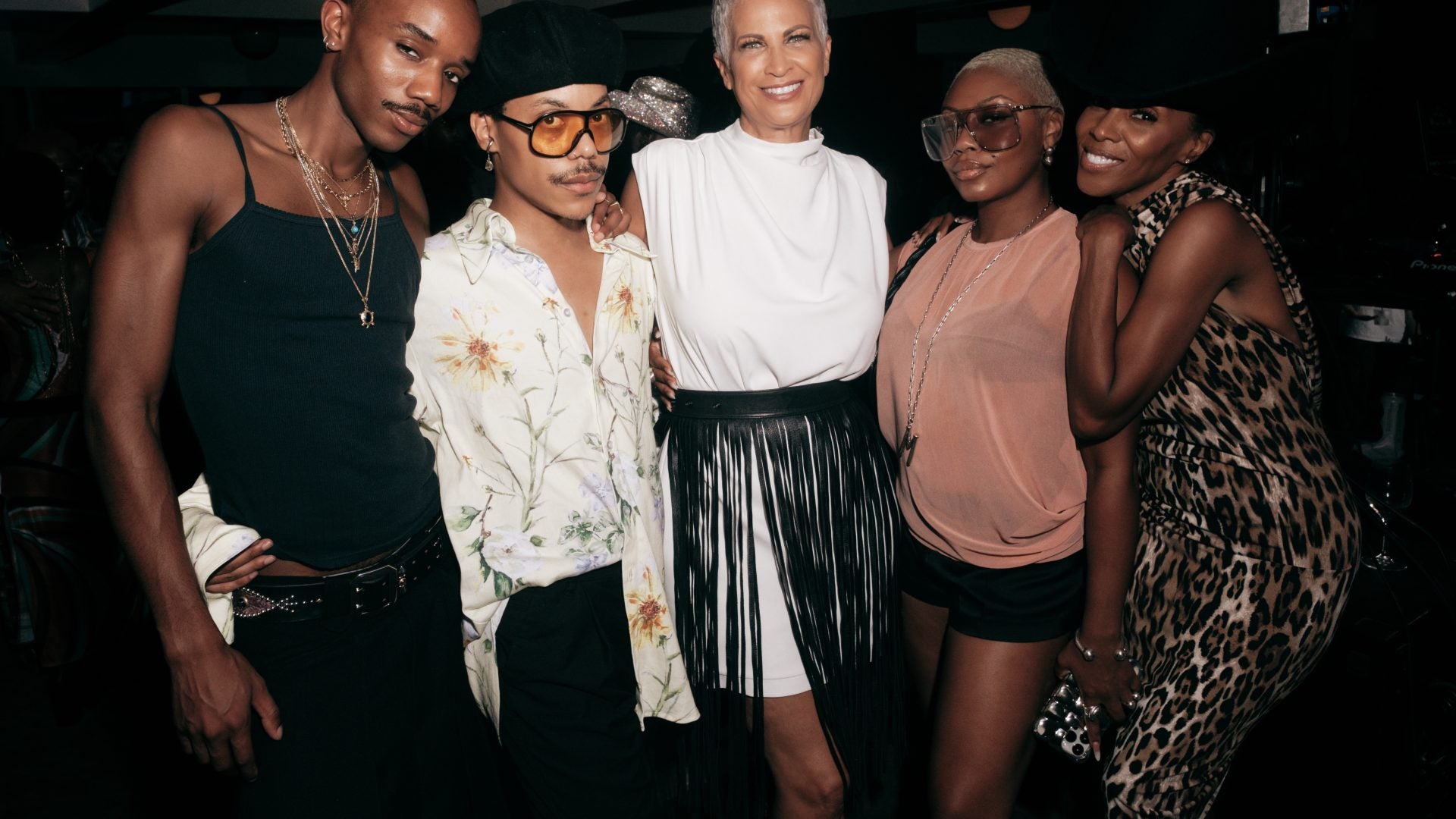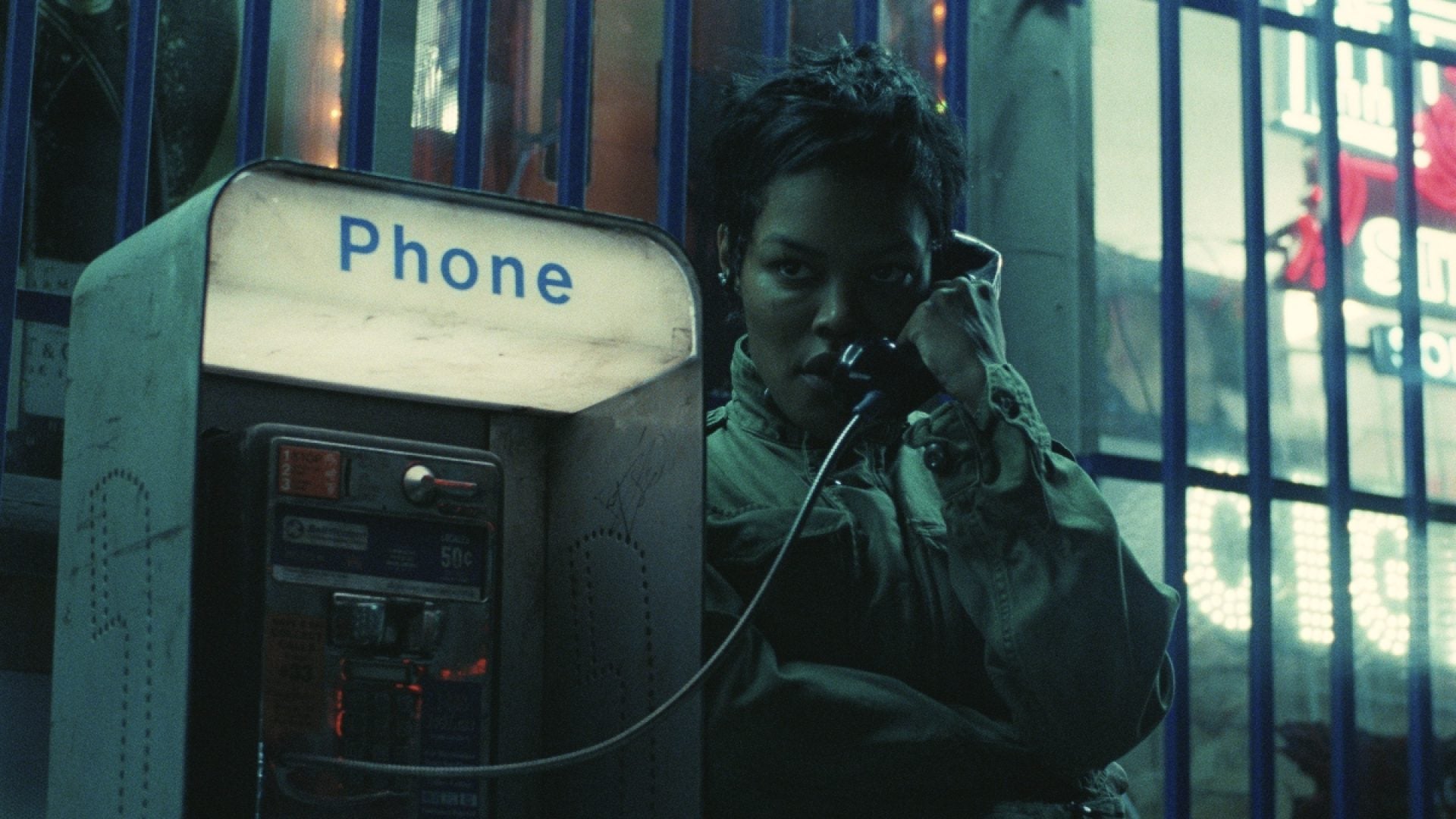
Gentrification is a jarring circumstance that’s been permeating major American cities, more particularly Black communities, for decades. The act of changing the character of a neighborhood via affluent residential and demographic shifts yields a different kind of culture shock, especially when one returns to so much change in their hometown after leaving. Cultural landmarks and people that once had a distinct presence are now starkly different than what memory communicates.
Washington, D.C. is no stranger to this continued erasure. The National Community Reinvestment Coalition revealed in its latest study that although the nation’s capital is ranked 13th on the list of “most intensely gentrified” cities from 2013 to 2017 (a drop from ranking first from 2000 to 2012), gentrification remains intense, as community organizations argue the rapid development D.C. has endured continues to push low-income residents out of their communities.
D.C. natives have turned to the arts to respond to the increased conflicts caused by gentrification, even utilizing go-go music with last year’s #DontMuteDC movement.
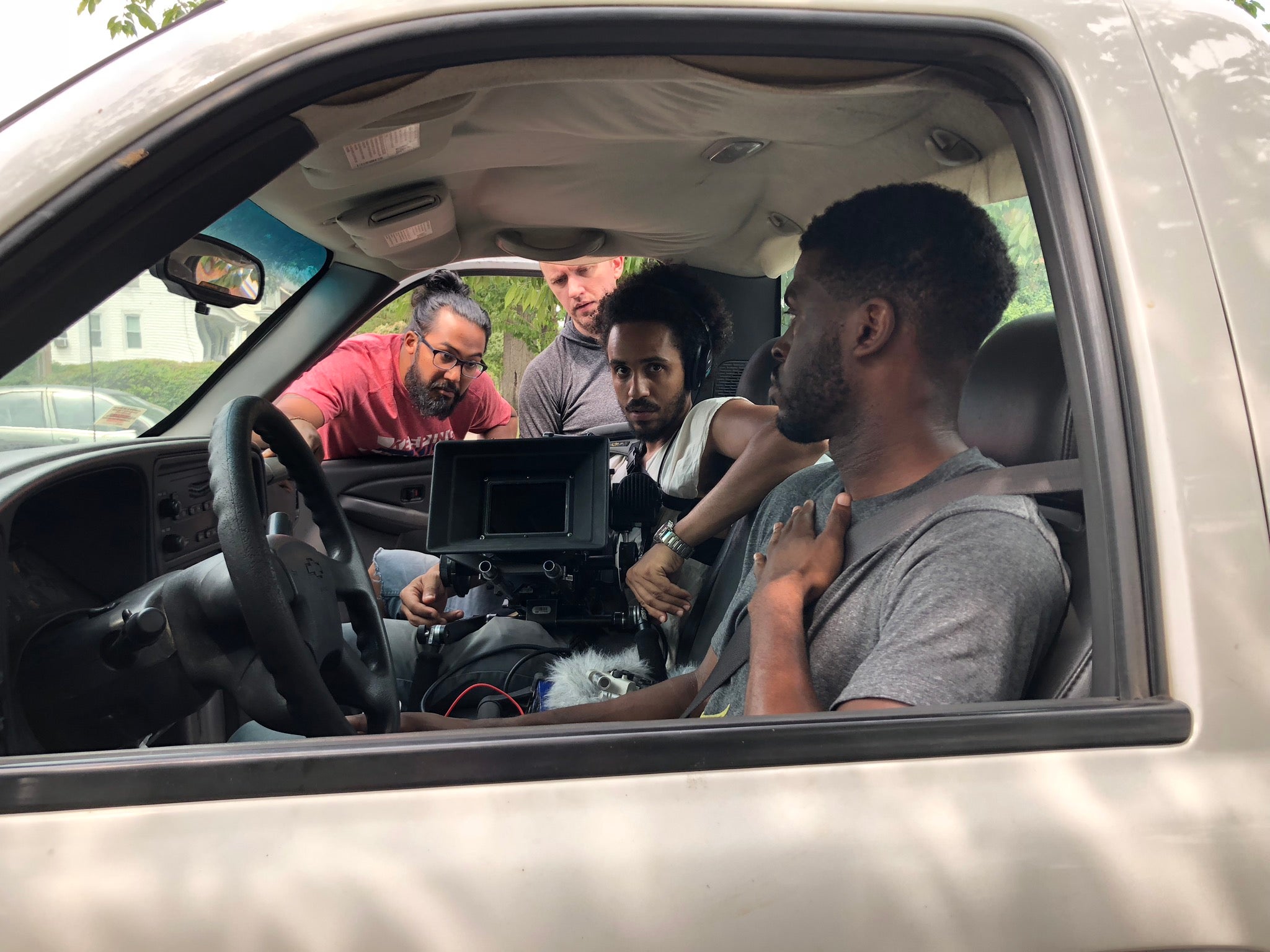
Merawi Gerima, D.C.’s very own and the son of acclaimed independent filmmakers Haile Gerima and Shirikiana Aina, makes this ongoing issue evergreen with RESIDUE—his feature debut acquired by Ava Duvernay’s ARRAY. “We probably wouldn’t be distributed if it wasn’t for them,” Gerima shares. “Let that explain the state of the film industry today.”
In the film, we follow Jay (Obinna Nwachukwu)—an aspiring filmmaker who returns to his native D.C. neighborhood that’s gentrified beyond recognition. While he re-acclimates with his community with the hopes of leaving with a script, Jay is challenged with alienation from his childhood friends, disturbed by the disappearance of his best friend, and unsure about how he fits in. RESIDUE is Gerima’s personal time capsule of how one navigates identity, isolation, and loss.
Just before the film debuted on Netflix, it took home the Audience Award for Best Narrative Feature and the Acting Award at the 2020 Slamdance Film Festival in January. RESIDUE was an official selection of the 77th Venice International Film Festival’s Giornate degli Autori—which is where Gerima was heading back Stateside from when we touched base with him for an in-depth conversation about his film.
This interview has been edited and condensed for clarity and length.
Can you touch on your experience capturing the essence of returning home and it not being what you remember it to be?
MERAWI GERIMA: Growing up in D.C., it’s easy to undervalue its natural beauty, the community around you, the people; the culture. Growing up, I felt that D.C. was a concrete jungle. When I left, I did tell people that I was never coming back, but it wasn’t until [then] that I really took the time to reflect, especially in L.A. The west coast is so different. When I drove back to D.C. to shoot the film, I noted the brown, arid region of the west coast and the yellow fields of the midwest, and coming into the east coast is so green, verdant, and lush—just full of life. It’s actually not a concrete jungle at all; it’s an amazing city built on swampland. In the filming of it, we were doing our best to show just that—the inherent beauty of the place and the people. The D.C. accent is so pivotal to the film.
Yes—it is!
GERIMA: My man Dennis Lindsey plays Delonte. That man embodies Southeast D.C. and that’s critical. There’s an interesting play. Obinna Nwachukwu, who plays Jay, grew up in Maryland so he’s a step removed from the heart of the accent. And it plays well for this character who’s just coming back home—to enhance his alienation.
For me, it was such a pleasure to be working within these aspects of my identity and culture in a free way—not feeling like I had to cater to people, whether they could understand the accents or not. I just had people speaking the language period, knowing at the very least that D.C. would understand.
The film gave me a free license to go 100 percent D.C. and not look back.
Is that why you felt to include footage from last year’s #DontMuteDC moment?
GERIMA: #DontMuteDC erupted in the middle of me editing the film. The editing process took about a year and a half, so when Moechella popped off, I thought there was no way I was missing that. I went down there with a camera—all DSLR and camera phone footage—because I went to go document that to ensure it’s included in the film. Going back to the freedoms that we had, we had a nice, cinema camera while we were shooting during our main production days, but D.C. is happening at high intensity all the time. So there’s always things going on that we had to capture by phone, by audio alone, by any means that we had. It was important for me to break away from this traditional film perspective where filmmakers feel like the film has to be visually perfect and the camera has to be cutting-edge.
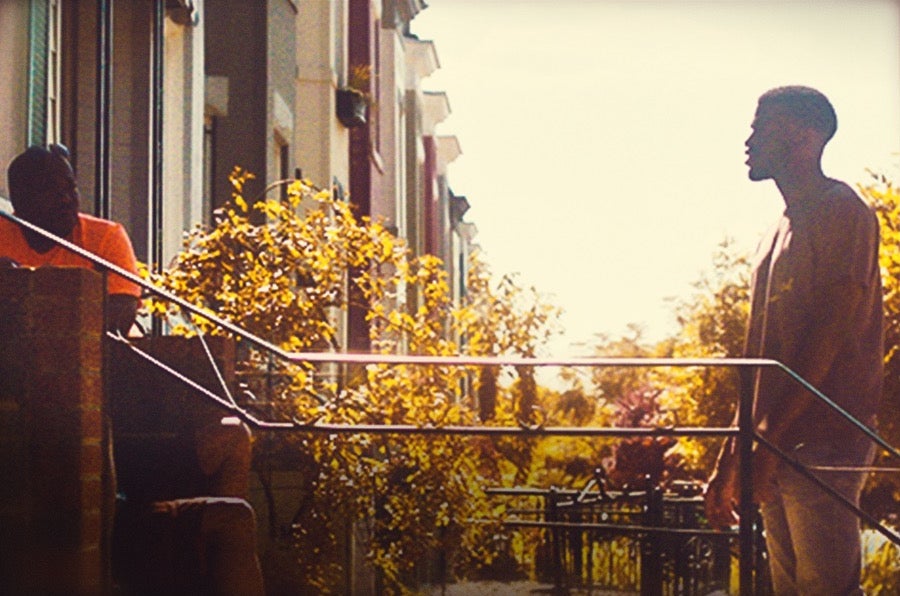
But to start the film with this dirty imagery—this grainy, super zoomed-in and blurred out moments that were stitched together to interrupt people’s expectations, really freed us to do whatever and use whatever we were able to capture. After a while you don’t even notice it—it’s a collage that ended up being the style of the film.
What message or commentary about gentrification’s impact on Black communities did you intend to send through the film?
GERIMA: One night I was on 9th Street looking for an Ethiopian restaurant, but I didn’t know I was on that very street. I was with my friends from out of town and told them 9th Street was around there somewhere and the food was about to be bomb. But when I realized that I was actually standing on 9th Street—I was disoriented. There was a Warby Parker that opened, a Starbucks and these other places that for me are signs of the apocalypse for Black people in these areas. These markers of gentrification are the last things on the minds of the Black people from these communities who’ve been pushed to the periphery, even though the new population may have those needs.
This film is a very specific experience and a very specific perspective. Hopefully it can add a larger quilt to give a broader idea of the behemoth of oppression that Black people face in all its fullness. The best thing I can contribute to the battle is to go as deep as I could in one section, and hopefully, other people will do the same.
It was interesting to see how you tackle the notion of memory with Jay’s storyline in the film‚ knowing that the underbelly of RESIDUE is your own personal story of what it means to remember.
GERIMA: In many ways, I was chasing a feeling. That’s how it feels going through the city and seeing the ghosts of the city that you knew. One thing I think about a lot is that I could never show my kids where I grew up, how I grew up—my old stomping grounds, you know what I mean? Because it’s no longer there.
The film tells you something about this intersection between reality and memory, and my thoughts passing through the city and how these elements play themselves out in a surreal way.
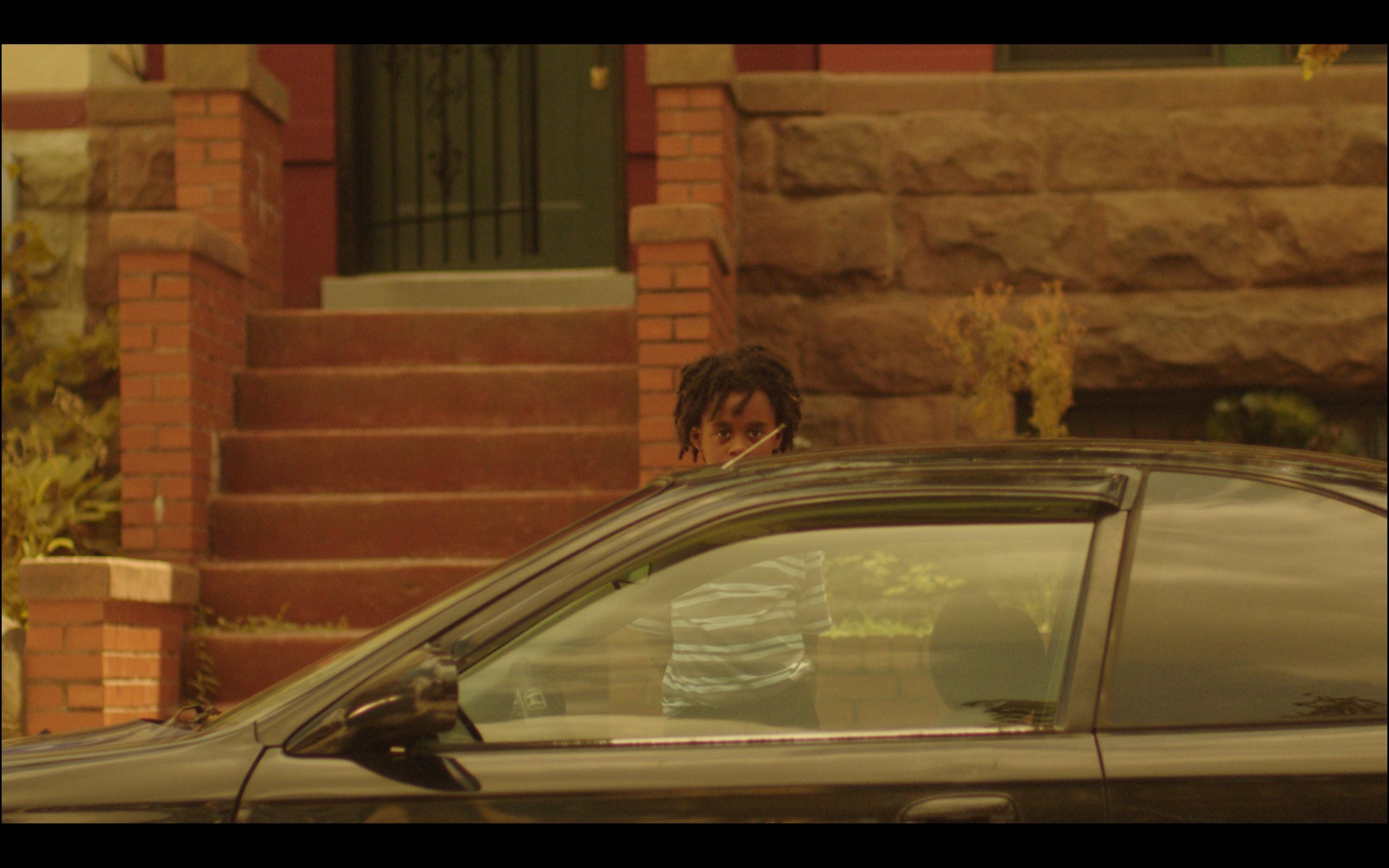
How challenging was it for you to capture that feeling?
GERIMA: An important thing to know is that I didn’t knock the ball out of the park. This film didn’t come out ready-made [or] perfectly imagined. What many people see as stylistic choices were actually material and economic decisions that we needed to make—because we had no money. For example, with the police officer in the alleyway that we never see, it was written in like that because I knew I wouldn’t have time to raise money to afford a uniform and a police car. We solved that using sound design and utilizing voiceover. These types of decisions really do affect the structure and the way that the story is told in a unique way.
The drive-by sequence was another challenge we solved with sound, but it’s also a deeper and closer reflection of how I experienced that moment in my childhood, where I was inside of a car surrounded by my siblings, so I couldn’t see anything anyway. I think these types of restrictions forced us to find more elegant solutions and more honest ways of telling the story.
The Black women in the film had a particular presence that radiated throughout the film—can you touch on the purpose of their roles in the story?
GERIMA: Jay’s parents—his mother specifically—was a bit of a guardrail. Him seeing her reaction to the city intensifies his own response to what’s going on. She’s also the one who tells him not to fall for the decoys, she really tried to warn him not to go down the road that she sees him going down. I think that warning is crucial for how the story plays out.
The woman who plays the grandmother is actually the grandmother of one of my best friends growing up and that’s the house I was always in every weekend. It was a second upbringing I had in this Dominican household, the songs that she would sing (old church songs), were important for me to embed and capture in the film along with many other things in which I hope to build an archive of my community. So the film not only serves the purpose of telling a story, but it also serves to document these people and places before it’s too late. That was my driving motivation to ensure that she’s in the film.
Blue, Jay’s love interest, in many ways is the character that he’s trying to develop some type of honest relationship with. But at the same time, every attempt that he makes is interrupted by some of the bullsh*t that’s going on in the city. In many ways, he’s underdeveloped and immature, and she becomes increasingly impatient and ready to make moves. Jay does have these opportunities to grow, but these opportunities are often cut short—like with the scene with Mike and his mother in the rain—that interrupts the moment where she’s trying to build a bridge with him.
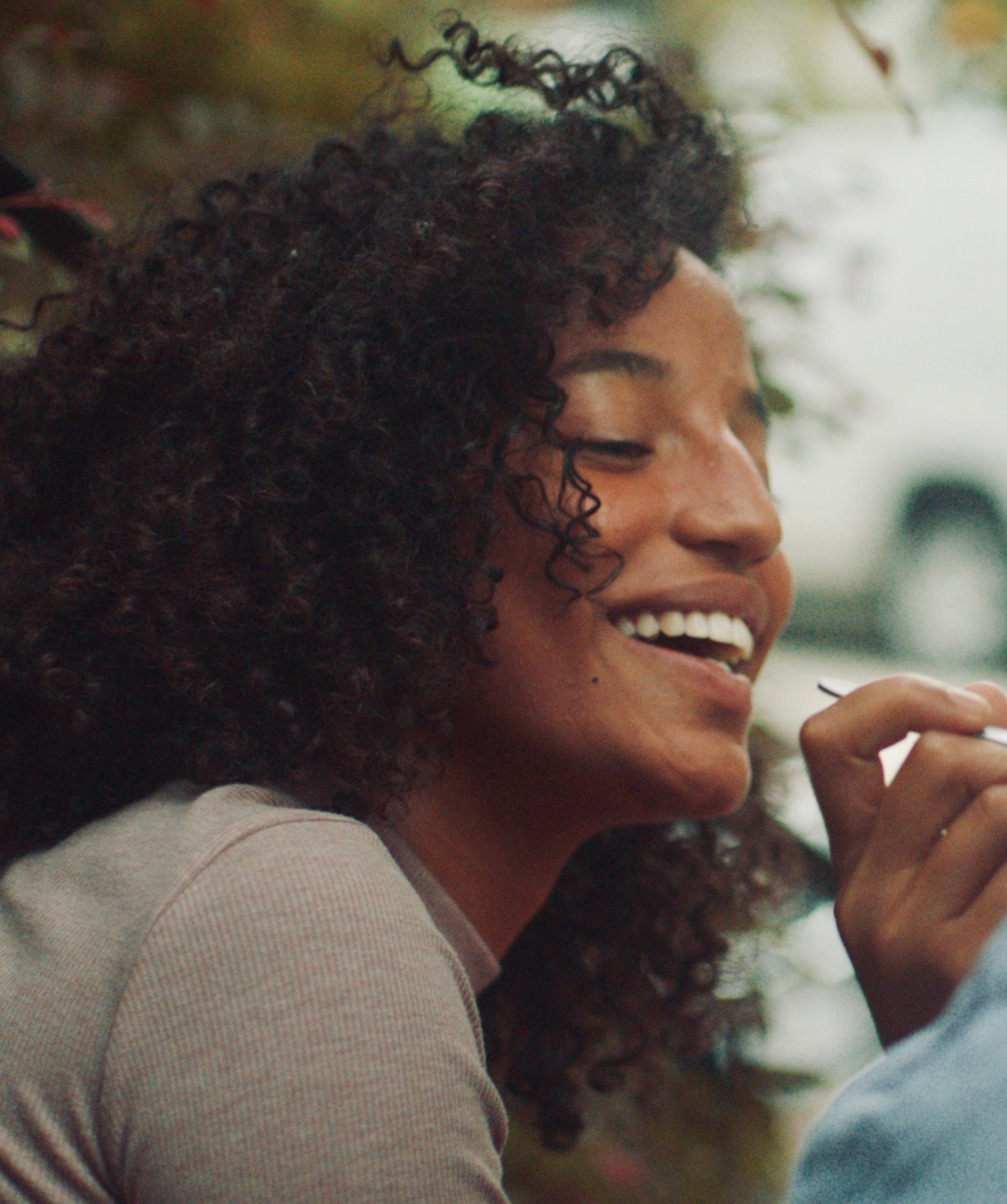
As a filmmaker, Blue as a character contains my own immaturities as a writer and as a person. I think that in many ways her character is constricted by that, she doesn’t have this broadness of depth that I think is important. This film, in literal terms, is a crystallization of where I was in the process of making it. It’s important for me to critically engage with it in that way and mention that it’s a reflection of me in the same way.
One thing that makes D.C. the city it is to me is the subtle nods to Ethiopia—whether it’s through the food or the culture. I noticed in the film Delonte’s grandmother [Mama Hasinatu Camara] wearing a Kemis, as well as the icon artwork on the wall while Jay’s parents were looking through old images. Why was it important for you, as one with Ethiopian heritage, to include those elements to the film?
GERIMA: I can’t say that they were intentional choices, but the answer can illuminate the process more. It was really about capturing a snapshot of this place at that moment in time. We also didn’t have a production designer—it was important that we shot these homes as they were. Jay’s house is actually my house—it’s a record of these things that feel very lived-in beyond what a production designer would have been able to accomplish anyway.
The same goes for the characters—I had no stipulations for what people had to wear for the most part. I asked the cast to dress themselves because I wanted the characters to really adorn their own, natural, and organic personalities. With Mama Hasinatu, that’s what she chose to wear. She’s an incredible person and unfortunately has since passed since production—she was fighting cancer unbeknownst to anybody. It was an incredible loss because she really is a manifestation of D.C.—she was such a community figure. She was even in my father’s film, Sankofa, and she was happy to be in another Gerima production and absolutely blessed the project.
Your journey as a filmmaker runs parallel to your parents’ impact on Black film and for D.C. How do you see yourself continuing that legacy as you carve your own path and your own voice?
GERIMA: My parents and their work are literally at the heart of everything that I’m doing. Watching any of their films will further contextualize RESIDUE—the style, the editing, the story will make more sense having a little more familiarity with their films.
My earliest memories are in Jamaica with them filming Sankofa, and after that us going across the country pushing to distribute the film—which is about violent revolution in slavery times. It was received incredibly around the world but still couldn’t find distribution in the States. So my upbringing was passing out flyers to help my parents self-distribute this Black film, despite all distributors rejecting it. But in this effort, we proved the commerciality of Black stories because everywhere it went, it would be in theaters for months. It was only able to be self-distributed because Black communities across the country who wanted to invite it, rent out theaters on their own dime and screen it for their communities.
Even though I wanted to do hoodrat things with my friends growing up, I was absorbing through osmosis these important lessons which serve me and drive me to this day. I see my film as a process of continuing their films, pushing, and archiving the projects they’ve made.
I see it all as one big mission—they’re all intertwined for me.
RESIDUE is currently streaming on Netflix.
